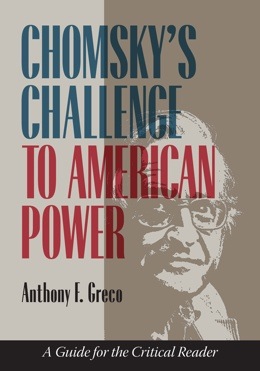The 150th Anniversary edition of The Nation magazine, out last week, is a fun read, with reprints of articles dating back to the time of the journal’s early years by the likes of Henry James, Fredrick Law Olmstead, and H.L. Mencken. I was struck by a 1956 piece by W.E.B. DuBois, the pioneering scholar of African-American life. It included these observations on corporate political power:
This Administration is dominated and directed by wealth and for the accumulation of wealth. It runs smoothly like a well-organized industry because industry runs it for the benefit of industry….It costs three times his salary to elect a Senator and many millions to elect a President. This money comes from the very corporations which today are the government.
DuBois, who became increasingly sympathetic to Marxism in his late years, was reacting to the business-dominated Eisenhower administration, whose cabinet looked like living proof of Marx’s famous dictum that the state under capitalism was the executive committee of the ruling class.
Little did Dubois know what was to come! In the decades since he wrote, political and economic inequality have grown in tandem, reinforcing each other, to levels not imagined in the 1950s, a decade that many liberals today look back on as a nearly golden age of relative political and economic equality. The reforms of the New Deal combined with the leveling effects of World War II had laid the framework for a political economy in which workers, a large proportion of whom were organized in unions, could enjoy a healthy share of the benefits of economic growth. Sure, big business ran the country, but it didn’t dominate our politics the way it does today, when the average cost of a Senate campaign is over $10 million, or over 50 times a senator’s salary, and members of Congress need to spend most of their time soliciting contributions from rich people. The cost of the coming presidential campaigns is forecast to approach $2 billion. Not unrelated, the average CEO of a major corporation now makes over 300 times the wages of an average worker. The ratio stood at only 20:1 as late as 1965. Ah, the good old days!




Have a comment?